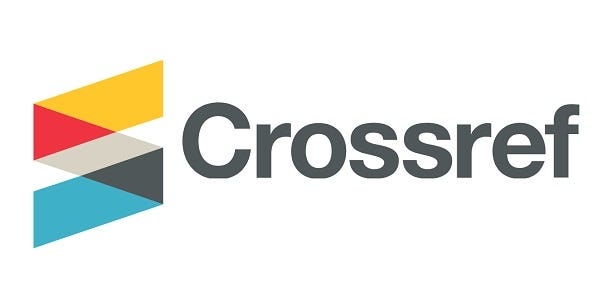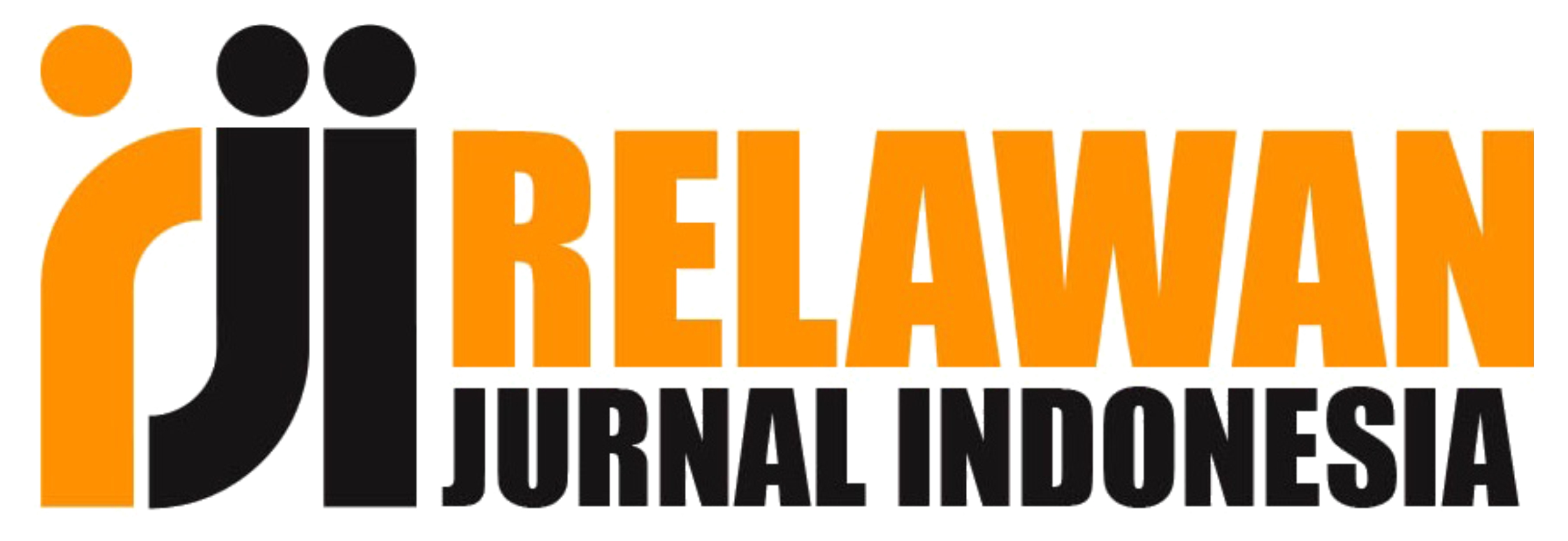Strategic Alignment and Employee Perception in the Balanced Scorecard Implementation: a Performance Management Evaluation in Mining Division Toward World-Class Standards
DOI:
https://doi.org/10.37385/ceej.v6i2.8449Keywords:
Strategic Alignment, Perception Gaps, Analytic Hierarchy ProcessAbstract
The dynamic mining industry landscape requires organizations like PT Bukit Asam Tbk. (PTBA) to ensure robust strategic alignment to achieve world-class standards. This study investigates the perception gaps and alignment issues in the implementation of the Balanced Scorecard (BSC) within PTBA’s Mining Division. Three research questions guide this work: whether perception differences exist between management and executor levels regarding strategy execution; the gap between expected and actual realization of strategy; and the alignment between employee-perceived priorities and formal the BSC structures. The study applies a quantitative approach using Likert-scale surveys, gap analysis, and the Analytic Hierarchy Process (AHP). Statistical tools include descriptive analysis, Mann-Whitney U tests, Spearman correlation, and the AHP weight calculation. Results reveal notable perception gaps, particularly at the executor level, and significant differences between groups across all constructs. The AHP analysis indicates that internal business process and learning and growth perspectives are prioritized by employees, though misalignments with formal strategy remain. An implementation scenario is proposed through the Enhanced BSC Framework that includes phased strategic communication, dynamic KPI review using AHP, and integrated data-driven feedback systems. This study acknowledges several limitations, such as its single-case scope, the use of self-reported data, a limited observation period, and the absence of external benchmarking. This research contributes to performance management practices by highlighting the importance of aligning strategic priorities across organizational levels to support PTBA’s transformation journey.
References
Armstrong, M. (2020). Armstrong's Handbook of Performance Management: An Evidence-Based Guide to Delivering High Performance (6th ed.). Kogan Page.
Bentes, A. V., Carneiro, J., da Silva, J. F., & Kimura, H. (2012). Multidimensional assessment of organizational performance: Integrating BSC and AHP. Journal of Business Research, 65(12), 1790–1799. https://doi.org/10.1016/j.jbusres.2011.10.039
Cagnazzo, L., Taticchi, P., & Brun, A. (2010). The role of performance measurement systems to support quality improvement initiatives at supply chain level. International Journal of Productivity and Performance Management, 59(2), 163–185. https://doi.org/10.1108/17410401011014249
Chan, F. T. S., Chan, H. K., Lau, H. C. W., & Ip, R. W. L. (2006). An AHP approach in benchmarking logistics performance of the postal industry. Benchmarking: An International Journal, 13(6), 636–661. https://doi.org/10.1108/14635770610709031
Dwiputra, I. R., Fatima, I., & Wibisono, D. (2024). A proposed methodology for bridging policy and practice to apply Indonesian SOE regulations in the balanced scorecard model. COSTING: Journal of Economic, Business and Accounting, 7(5), 2522–2538. https://doi.org/10.25124/costing.v7i5.2024
Huang, H.C. (2009). Designing a knowledge-based system for strategic planning: A balanced scorecard perspective. Expert Systems with Applications, 36(1), 209–218. https://doi.org/10.1016/j.eswa.2007.09.046
Kusrini, E., Subagyo, & Masruroh, N. A. (2014). Good criteria for supply chain performance measurement. International Journal of Engineering Business Management, 6(9), 1–11. https://doi.org/10.5772/58435
Lueg, R. (2015), Strategy maps: the essential link between the balanced scorecard and action, Journal of Business Strategy, Vol. 36 No. 2, pp. 34-40. https://doi.org/10.1108/JBS-10-2013-0101
Pedersen, C.L., Ritter, T., Andersen, T.J. (2024). A project-based perspective on Strategic Renewal. Strategic Management Review, 5(3), 241–271. https://doi.org/10.1561/111.00000069
Razali, N. M., & Wah, Y. B. (2011). Power Comparisons of Shapiro-Wilk, Kolmogorov-Smirnov, Lilliefors and Anderson-Darling Tests. Journal of Statistical Modeling and Analytics, 2(1), 21–33.
Saaty, T. L. (1988). What is the analytic hierarchy process? In G. Mitra (Ed.), Mathematical models for decision support (pp. 109–121). Springer. https://doi.org/10.1007/978-3-642-83555-1_5
Sejati, R. H. B., Wibisono, D., & Adhiutama, A. (2024). The collaborative approaches of the knowledge-based performance management system and Lean Six Sigma to improve contractor productivity and safety performances. International Journal of Lean Six Sigma, 15(5), 1065–1101. https://doi.org/10.1108/IJLSS-07-2023-0125
Sekaran, U., & Bougie, R. (2016). Research Methods for Business: A Skill-Building Approach (7th ed.), John Wiley & Sons, Ltd.
Singh, R. K. (2013). Prioritizing the factors for coordinated supply chain using analytic hierarchy process (AHP). Measuring Business Excellence, 17(1), 80–97. https://doi.org/10.1108/13683041311311383
Wibisono, D. (2002). Manajemen Kinerja Korporasi dan Organisasi. Erlangga.
Wibisono, D. (2006), Manajemen Kinerja: Konsep, Desain, Teknik Meningkatkan Daya Saing Perusahaan, Jakarta, Erlangga
Wibisono, D. (2012), How to Create a World Class Company, PT Gramedia Pustaka Utama.
Wibisono, D., & Stella, E. (2015). Proposed integrated performance management system for Ministry of Research, Technology, and Higher Education in Indonesia. In Proceedings of the 3rd International Seminar and Conference on Learning Organization (ISCLO 2015). Atlantis Press. https://doi.org/10.2991/isclo-15.2015.
Wirapraceka, I., & Wibisono, D. (2016). Proposed performance management system for Indonesian Ministry of Health using integrated performance management system. In Proceedings of the 2016 International Conference on Industrial Engineering and Operations Management (pp. 1414–1425). IEOM Society International.
Wirdhawan, R. A., & Wibisono, D. (2024). Performance management system: Literature review and an agenda for future research. Jurnal Manajemen Indonesia, 24(1), 1–7. https://doi.org/10.25124/jmi.v24i1.4832
Yaghoobi, T., & Haddadi, F. (2016). Organizational performance measurement by a framework integrating BSC and AHP. International Journal of Productivity and Performance Management, 65(7), 959–976. https://doi.org/10.1108/IJPPM-01-2015-0001




 Template
Template



